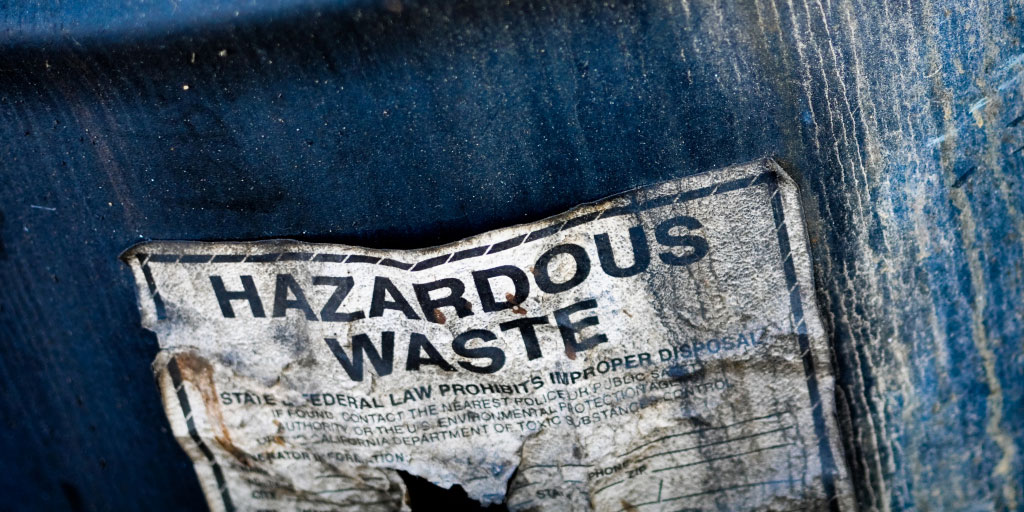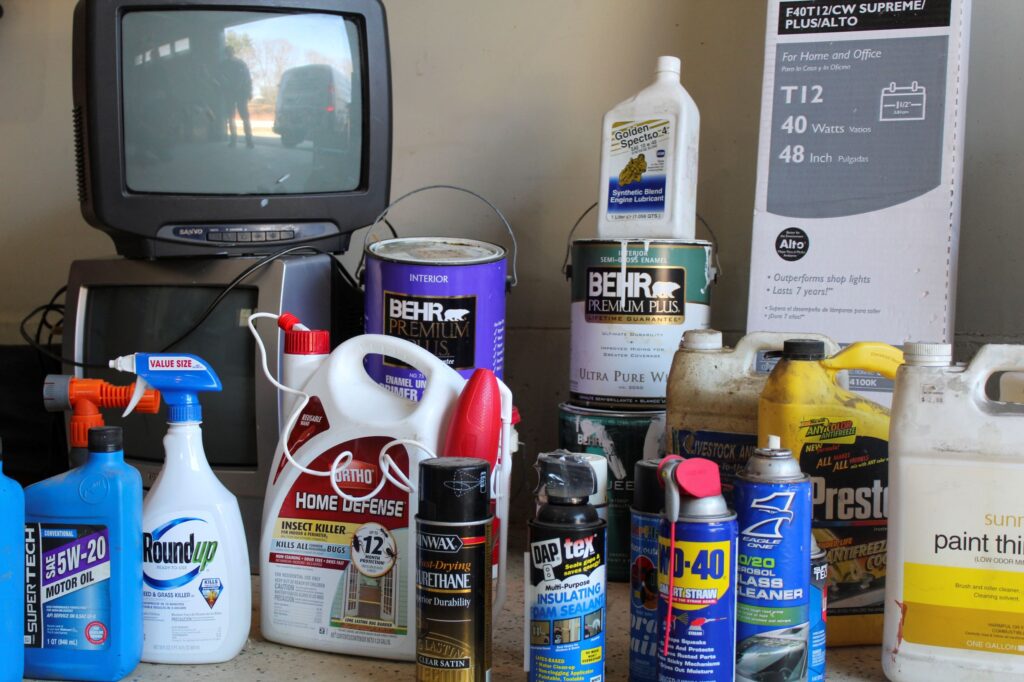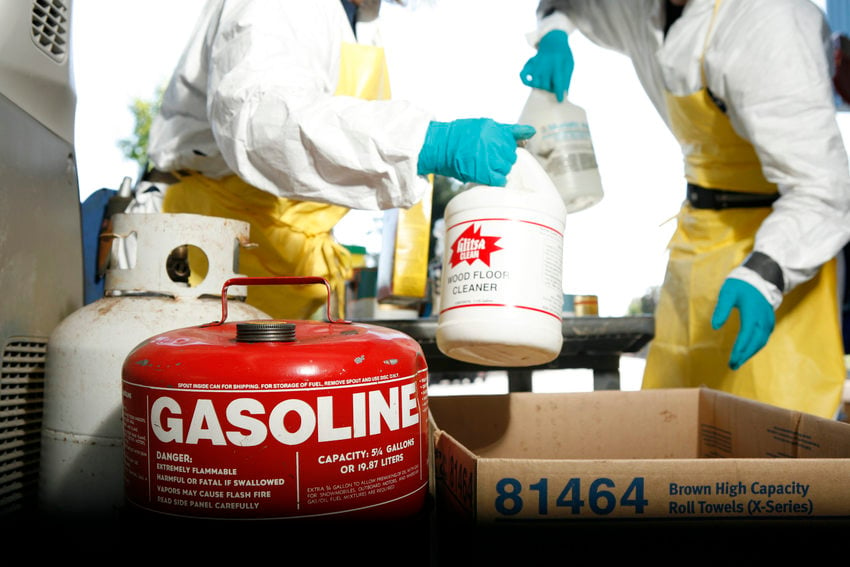Moving can be both exciting and overwhelming, a whirlwind of packing boxes, organizing logistics, and changing addresses. Amidst this frenzy, one crucial aspect often gets overshadowed: the safe handling of hazardous items.
From cleaning supplies and batteries to old paint cans and expired medications, these seemingly innocuous objects can pose significant risks if not managed properly. So, what should you do with these hazardous materials before you embark on your new journey? In this article, we will explore practical steps and creative solutions for safely disposing of or handling hazardous items, ensuring that your move is not only efficient but also responsible.
After all, relocating should be liberating, not daunting—let’s tackle these challenges head-on!
Defining Hazardous Materials

Hazardous materials are substances that pose significant risks to health, safety, and the environment due to their chemical properties. These items can vary widely in nature and include everything from household cleaners and batteries to paint thinners and pesticides.
The complexity of hazardous waste lies not only in the diverse categories—flammable, corrosive, reactive, or toxic—but also in the specific regulations and guidelines governing their disposal. Understanding what qualifies as hazardous is critical, as improper handling can lead to serious consequences, ranging from accidents during transportation to long-term environmental damage.
When preparing for a move, it’s essential to identify these materials, as they require special attention and often safe disposal methods to mitigate potential dangers. Are you ready to tackle the challenge of managing hazardous items before your relocation?
Identifying Hazardous Items in Your Home

When preparing for a move, its essential to conduct a thorough inspection of your home to identify hazardous items that could pose risks during transportation and settling in. Begin by checking your garage, where you may find old paints, pesticides, and automotive fluids—substances often overlooked yet dangerous.
Open cabinets under your sink; you might discover corrosive cleaners or chemicals that are toxic. Don’t forget to look through your tool shed for propane tanks or other flammable materials.
Electronics, too, can harbor hazardous components, so assess any outdated tech gathering dust in closets. Taking inventory of these potential hazards not only ensures safety but also facilitates a smoother relocation process, allowing you to responsibly dispose of what you can’t take with you.
Awareness in these moments can save hassles and keep you and your new surroundings safe.
Conclusion

In conclusion, preparing for a move involves careful consideration of how to handle hazardous items effectively to ensure both safety and compliance with regulations. By taking the time to properly identify, store, and dispose of these items, you can avoid potential risks and make your moving experience smoother.
Whether opting for specialized disposal services or donating usable goods to organizations, its crucial to take responsible steps. If youre looking for a hassle-free moving experience, consider enlisting Laval residential movers, who can assist you in navigating the complexities of your move while ensuring that all hazardous materials are dealt with appropriately. With the right preparations, you can transition to your new home with peace of mind, knowing youve tackled this essential aspect of relocating.


